disease resistant bees in the system of Ed&Dee Lusby, arizona.
www.ResistantBees.com
- all topics -> Overview
. -
Summary of everything worth knowing about Varroa resistant bees
So much information about Varroa resistant bees has accumulated here. However, the websites were too cluttered by the many information and even I found it often hard to find posts.
Now a new ResistantBees website has been created, where everything is much easier to access: http://english.resistantbees.es/

How do I find what interests me?For example, if you’re looking for info about advantages of small cells, then go to the cloud tags on the right of the page and click on „advantages of small cells“ and you’ll find: http://english.resistantbees.es/?tag=advantages-of-small-cells
And if you look for „scientific studies“, then you will find here: http://english.resistantbees.es/?tag=scientific-research
And if you look for „evidences that bee cells were smaller in the past“ then you will find it here: http://english.resistantbees.es/?tag=evidences-that-bee-cells-were-smaller-in-the-past
In addition, the most important links are controlled by a pop-up window, which opens itself again and again. All posts are listed in categories on the right sidebar and also at the top below header. The majority of the information is already incorporated, but there is still a lot missing, which will appear there over time.
- scientific research – smaller cell size can have an impact on Varroa reproductive success
-> read more
.
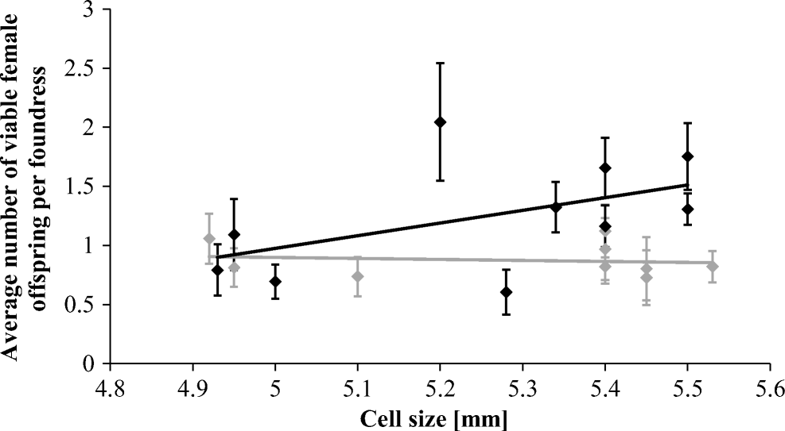
. - resistant bees in american Arnot forest are much smaller than normal bees
A scientific study from 2015 reports that bees of surviving feral bee hives in american Arnot forest are smaller than normal bees
-> read more
.
. - intelligence of the bees, brood nest temperature and size of bee cells
a scientific study indicates that there is a correlation between the temperature of the brood nest in the bee hive and the wisdom of the bees.
Can we conclude that small cell bees are smarter than large cell bees?
-> read more
.
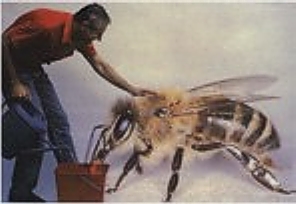
. - well finally – the long-awaited book by Dee Lusby
Biological Beekeeping – The Way Back
–>read more
.

. - now we can offer artificial combs from ResistantBees
With the artificial combs it is very easy to accomodate large cell bees (LC) to small cells (SC).
-> read more
.
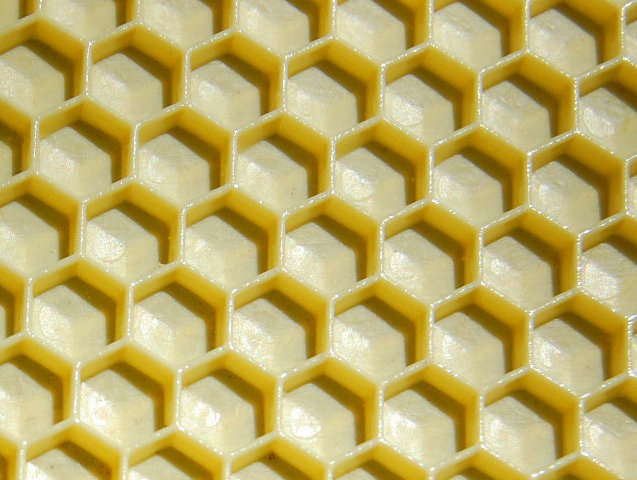
. - Interview with Dee Lusby
Dee Lusby talks in this video about very important things of treatment-free beekeeping and the incredible hostility with which she had to deal.This should be watched by everyone who is concerned with the bees. There you see where the real problems are, which are usually not talked about. -> read more
.

. - evidences – bee cells were much smaller in the past
These are the evidences that the bee cells were much samller in the past and were enlarged artificially -> read more
.

. - silicone matrices with embedded side parts
-> read more
.

. - silicone foundation mold – for small cell beekeeping
Water-cooled silicone foundation mold that we now offer for sale (November 2016) -> read more
.

. - active Varroa defense – bees biting mites
a sensational video -> read more
.
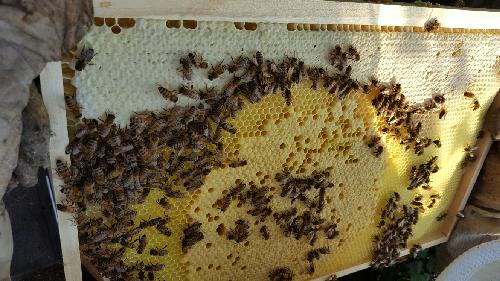
. - A milestone for small cell, treatment-free beekeeping
In the last 6 months we could supply worldwide more than 100 beekeepers with small cell silicone matrices, so they could build their own, small-cell foundation mold. And to our great surprise it spreads now around the world.
->read more
- Silicone matrices with the new cell geometry to build foundation molds
-> read more
.

now also available with cell size 4,80mm
We have decided to reduce the cell size of our bees still further. The reason is the experience that the now resistant Cape honey bee is held on even smaller cells than 4.9mm and that Dee Lusby repeatedly reported an „average cell size“ 100 years ago, that was 4,76mm.
. - Cell size of the Cape bee in South Africa
incredible but true -> read more
. - a survivor colony – documentation
documentation of an untreated survivor colony
->read more
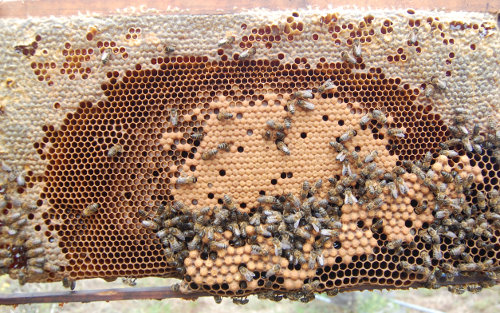
. - new website about the importance of the drones or the true heroes in the bee hives
The interaction of small cells and the correct amount of drone comb on each comb is the basis of Varroa resistance.
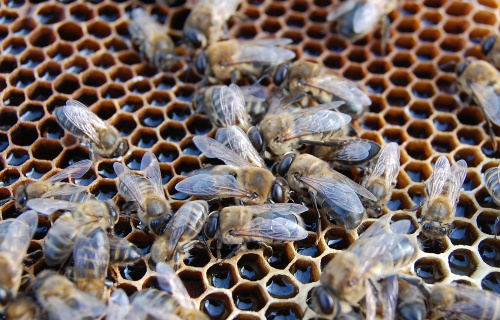
- in this way small cell bees fight against Varroa mites – Investigation of survivor colonies
-> read more
.
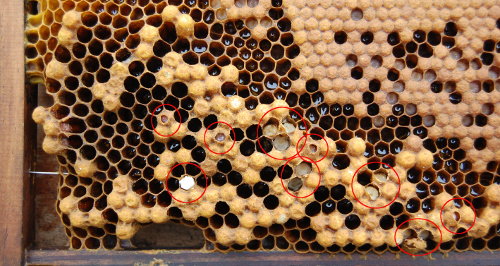
. - how do SC bees defend against Varroa mites?
What mechanisms do the small cell bees apply to defend themselves, without our help, against the Varroa mites?
This is a very important question and we are getting close to be able to answer it.
-> read more
.
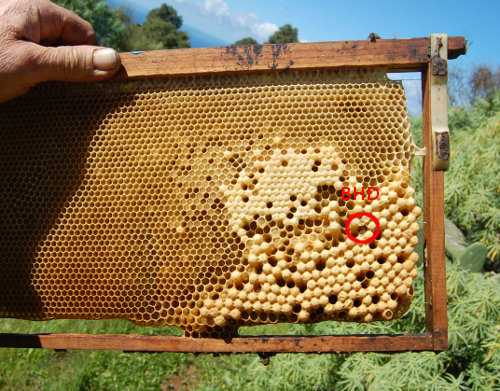
. -
latest scientific papers on small cell bees
- hygienic behavior of colonies kept on small-cell combs
In this way, we demonstrated that hygienic behavior can be intensified by transferring colonies onto small-cell combs ->read more
- life span of worker honeybees reared in colonies kept on small-cell combs
Maintaining colonies on small-cell combs, combined with the lack of strong parasitic pressure from V. destructor, extended the life span of these bees in comparison with that of bees from standard-cell combs. -> read more
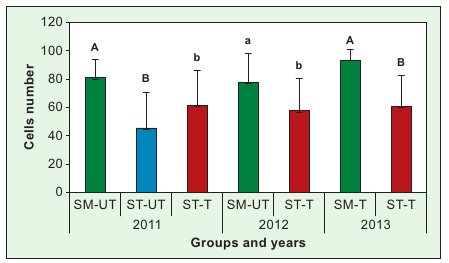
- How to breed Varroa resistant bees
Summary of the experiences of the most successful beekeepers in dealing with Varroa resistant bees. ->read more
.
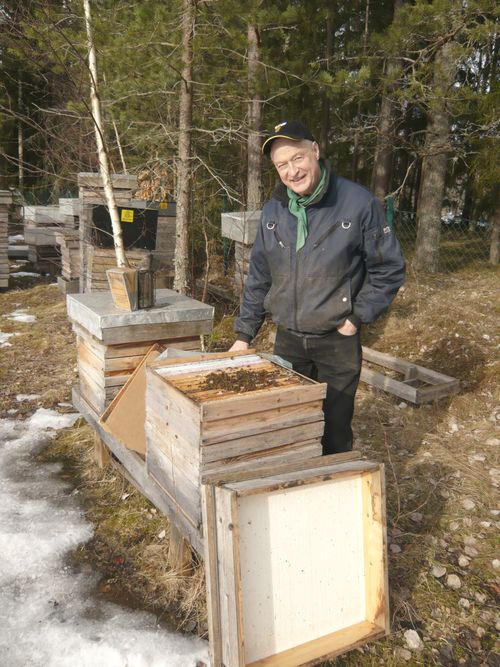 .
. - scientific studies on small cells – pro and contra
- There are studies that conclude that smaller cells have no effect on the Varroa mite and there are those, that say, that a smaller cell size do have an effect on the Varroa mites. Erik Österlund has highlighted the differences between the various studies and compared them. -> read more
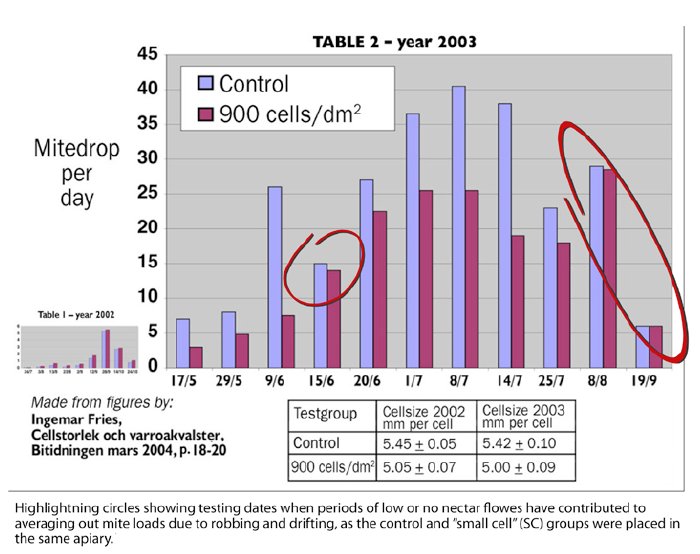
- Test results of a norwegian beekeeper:
small cell bees bring more honey – Varroa population is significantly lower in the small cell hives. -> read more

- Aspects of Varroa Resistance
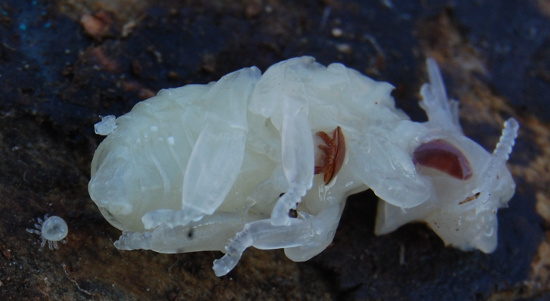
- In this way SC bees fight against Varroa mites – Investigation of survivor colonies 09/03
- Survivor bee colony found, 7 years without treatment and the importance of drones 16/04
- how do SC bees defend against Varroa mites?
- Stress factors in the bee hive caused by the beekeeper
- Responses to Varroa by honey bees – John Harbo
- every breeder bee colony should be VSH tested
- Does the drone brood act as a Varroa trap in small cell bees?
- Varroa Resistance breeding – Europe versus USA
- higienic behavior – active Varroa defense.
.
- Evidence that the bee cells have been smaller before – Denial of history – from Erik Österlund -> read more
 -> shop ResistantBees
-> shop ResistantBees
completely residue-free wildflower honey, Propolis and Royal Jelly from organic beekeeping on the island of La Palma
- We do not use foreign substances in our hives
The unique thing about our beekeeping is that in our hives we do not use any chemistry, no acaricides for controlling Varroa mites, no organic acids and no essential oils. In the hives only pure wax can be found from our own circuit, honey, pollen and propolis. We can do this because we are copying the brilliant beekeepers system of Ed and Dee Lusby, arizona. Thus we can dispense with all treatments because the bees are able to defend themselves on their own against parasites and diseases.
- This means that our products are absolutely pure and uncontaminated
Our beehives are located on a small island in the Atlantic sea, completely isolated in pure nature. Thus, they are not subjected to environmental polution.
- We do not use foreign substances in our hives
- Sugar syrup shortens the life of the bees -> read more
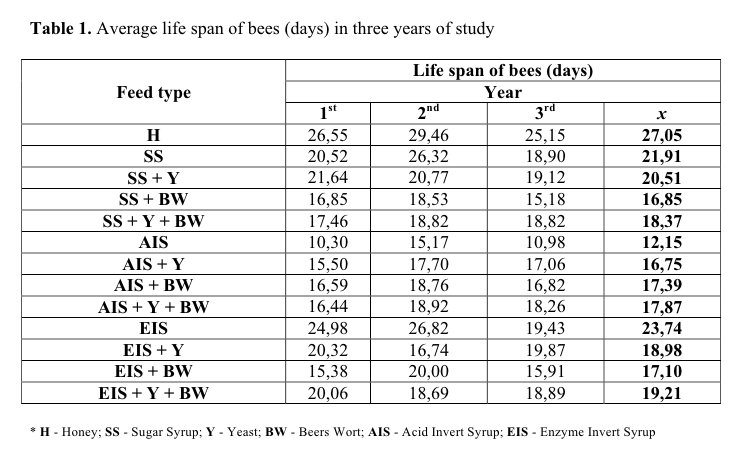
- Silicone foundation molds – for small cell beekeeping
with a new cell geometry that is better accepted by the bees
-> read more

- Proofs that the cell dimensions were artificially enlarged
The efficiency of the use of enlarged cells in honey combs in the conditions of Romania
He writes:
“The large cell” preoccupied and continues to preoccupy many beekeepers and scientists in numerous countries……….->read more 
.- Varroa resistance breeding in Lunden Buckfast apiaries, finland
Lunden:
“Like senator Cato, I will repeat: To overcome the varroa problem there is no other solution than stopping treatments. How many years will it take, until we understand this simple truth?”
-> read more
-
Advantages of small cell bees -> read more
-
foraging flowers -> see more
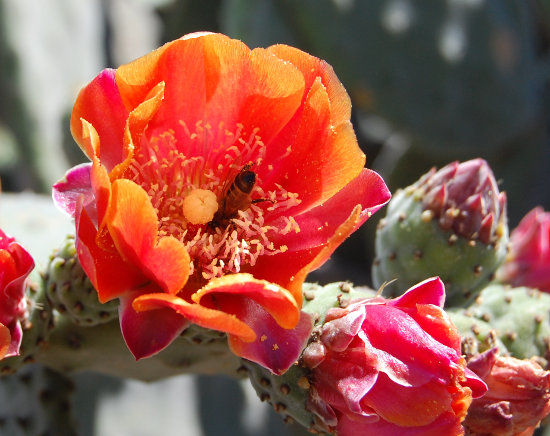
- Dronebrood all the active season through -> read more
- ResistantBees now also in dutch
-
Investigation: Does the dronebrood act as a Varroa
trap in small cell bees? ->read more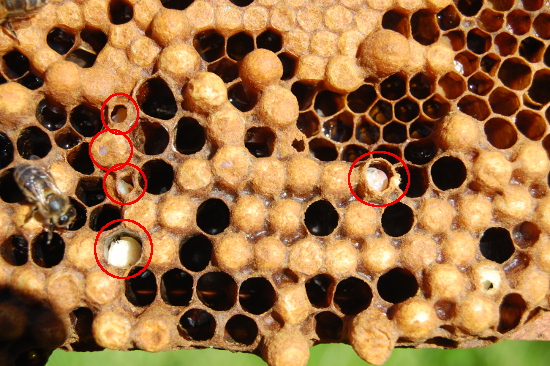
-
Varroa Resistance Breeding – Europe versus USA -> read more
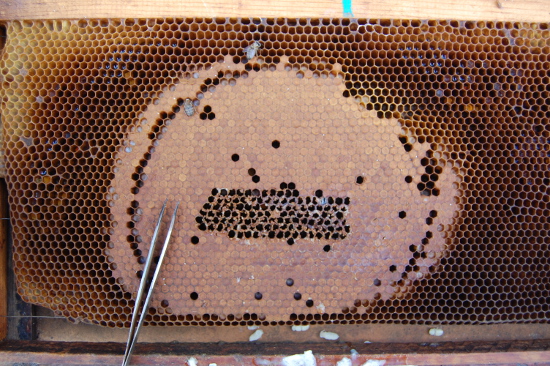
- VSH (Varroa Sensitive Hygiene) Test -> read more
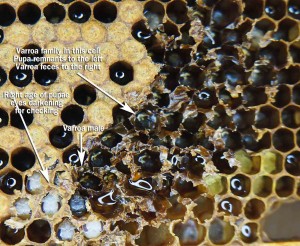
- Feral bees smaller than 4.9mm in sweden -> read more
- worst hostility towards Ed and Dee Lusby
I knew that our way of beekeeping, without any use of chemicals, results in heavy „headwind“.
But when hearing now in the two interviews that gave Dee Lusby in Arizona last week at a radio station, I have got frozen ……..
Erik Österlund has opened a new blog about beekeeping 
Bees are engines of life – bee concerned!!!
for questions about small cell beekeeping go to the Organicbeekeepers message board





The english website of ResistantBees.com is working again
Here you can see an overview of all topics